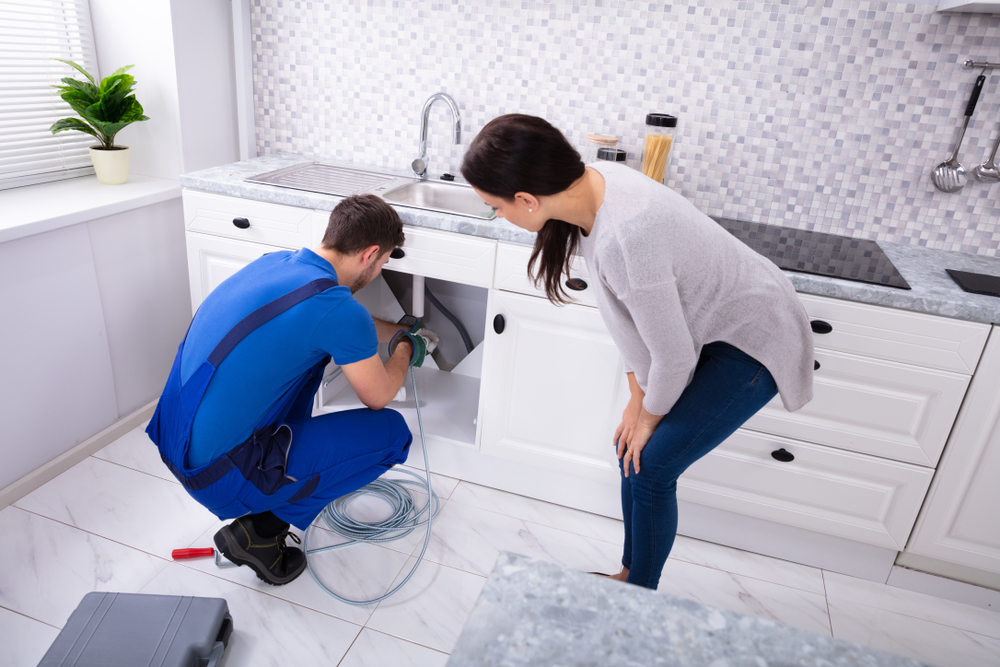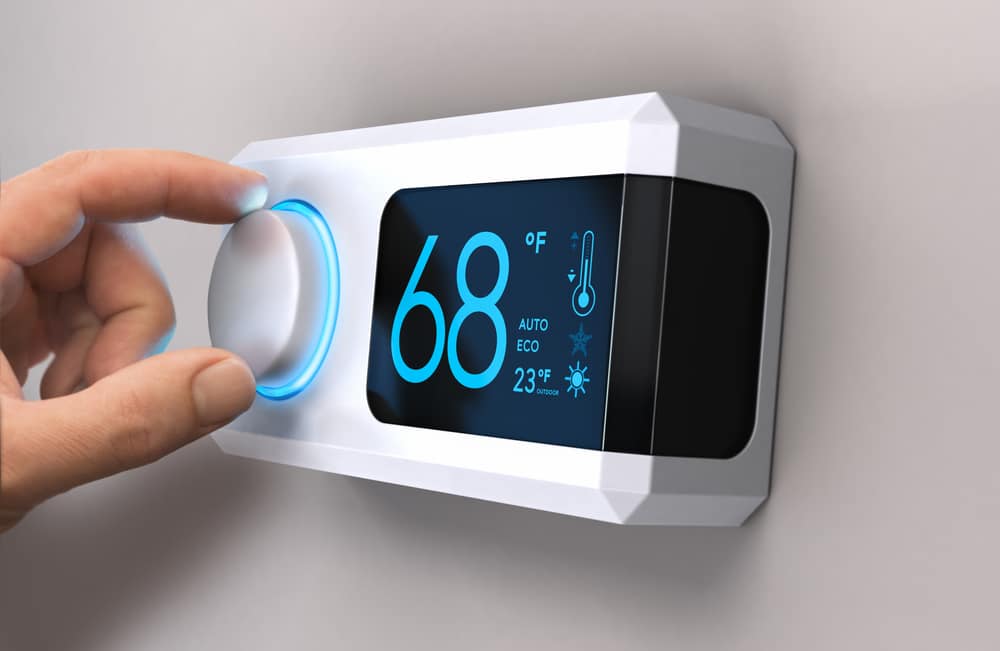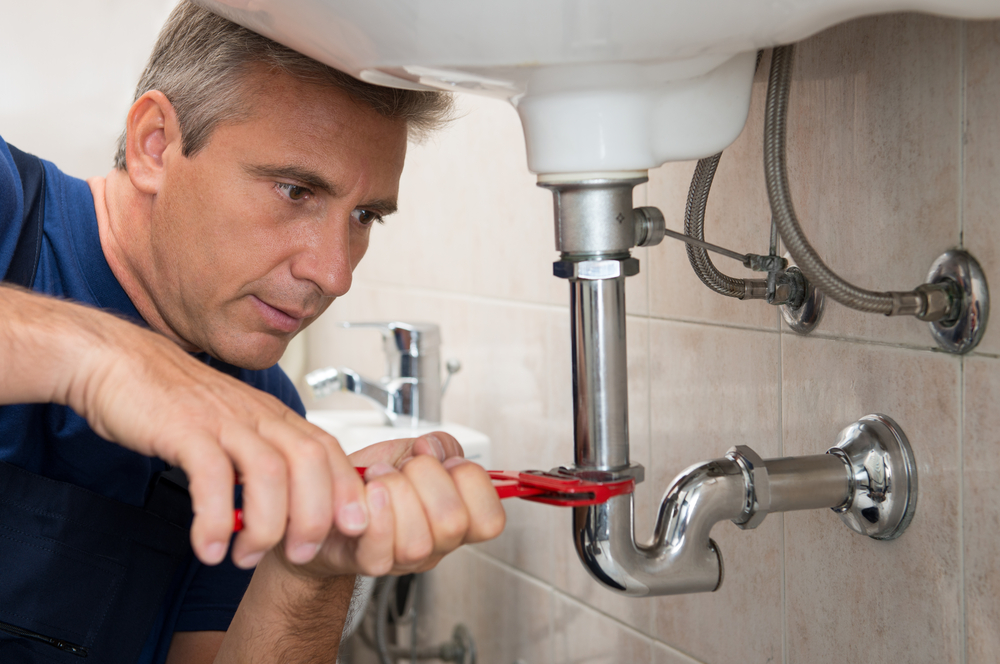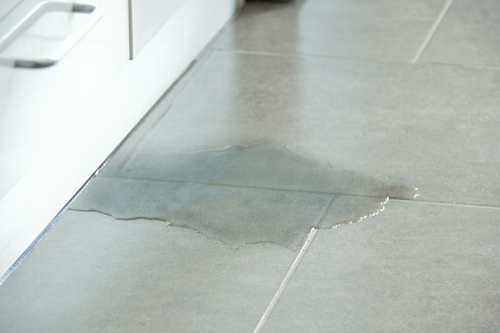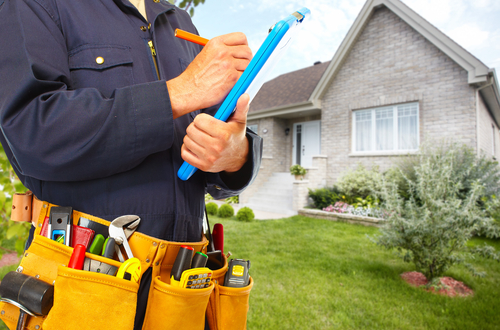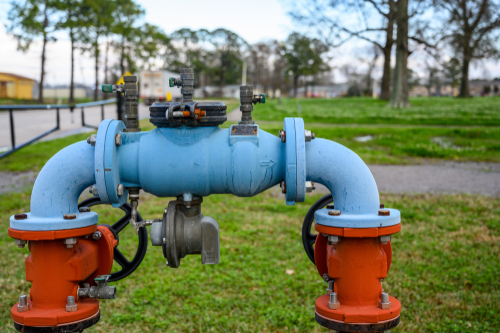Cold winters can be downright tough on your home, especially when it comes to your plumbing. One of the biggest headaches is dealing with burst pipes. When the temperature drops, water inside the pipes can freeze and expand, leading to cracks. This can result in leaks, water damage, and costly repairs.
This article will guide you through the reasons pipes burst and offer practical tips for preventing it. By taking these precautions, you can ensure your plumbing stays safe all winter long, allowing you to enjoy a warm, worry-free season.
Understanding Why Pipes Burst in Winter
When temperatures drop, the risk of burst pipes increases. But why do pipes burst in cold weather? It all starts with water’s behavior when it freezes. Water expands as it turns into ice, putting pressure on the walls of the pipes. If there’s too much pressure, the pipe can crack or even burst, leading to water damage once the ice thaws.
Pipes located in unheated areas like basements, attics, or garages are more vulnerable. Additionally, exterior walls that aren’t well insulated can expose pipes to cold air, increasing the risk of freezing. Thin pipes can freeze more quickly than thicker ones due to the lower amount of material needed to buffer the cold.
Surprisingly, pipes don’t always burst where they freeze. The buildup of pressure can cause the rupture to occur away from the frozen section. This can make it tricky to identify the exact location of the breakage without a thorough inspection.
Insulating Pipes for Winter Protection
One of the most effective ways to prevent pipes from bursting is by insulating them. Insulation keeps the pipes’ temperature regulated, making it harder for the water inside to freeze. Insulating pipes is a simple yet vital task that can spare you the hassle of dealing with broken plumbing.
Start by identifying the pipes most at risk. Focus on those in unheated areas like the basement, garage, or crawl spaces. These places are more prone to freezing temperatures and should be your priority for insulation. Exposed pipes that are outside or in poorly insulated walls also need attention.
There are different materials you can use for insulating pipes. Foam pipe insulation is popular because it’s easy to install and available in various sizes. Simply slide the foam over the pipe. Make sure to cover all exposed sections for the best protection. Fiberglass wrap or tubular sleeves can also work effectively, especially for larger pipes.
Remember to also insulate gaps and seal drafty doors and windows near exposed pipes. By taking these precautions, you can keep your pipes warm and safe throughout the colder months.
Practical Tips for Maintaining Warm Water Flow
Keeping water moving through your pipes during cold weather is a helpful way to prevent them from freezing. When water is flowing, it’s less likely to freeze and cause blockages. Here are some easy tips to maintain warm water flow and protect your plumbing during winter.
First, let your faucets drip. Allowing a slow trickle from the faucets keeps water moving through the pipes. Even a tiny flow can prevent the buildup of pressure that causes pipes to burst if freezing occurs.
Open cabinet doors under sinks. Doing this lets warm air from your home circulate around pipes, especially those located against exterior walls. Warm air helps keep pipes at a safe temperature, reducing the chances of freezing.
Setting your thermostat consistently is important, too. Keep your home at the same temperature during the day and night. A steady temperature helps protect your plumbing from sudden drops in the coldest hours.
When leaving home for extended periods, don’t turn off your heat. If you plan to be away, set your thermostat to at least 55°F. This ensures your pipes stay above freezing, even if you’re not around.
Emergency Actions if Pipes Freeze and Burst
Sometimes, despite our best efforts, pipes can still freeze or burst. If you suspect a pipe has frozen, act swiftly to minimize damage and get your plumbing system back on track.
First, locate the frozen pipe. Look for sections with frost or a bulge. If you turn on a faucet and only a trickle comes out, the pipe leading to it might be frozen. Once you identify it, open the faucet to release the pressure.
Next, safely thaw the pipe. Use a hairdryer or a warm towel to slowly heat the pipe section, starting from the faucet and moving toward the frozen area. Avoid using open flames or electric heaters, which can damage the pipe or cause a fire.
If a burst has occurred, shut off the water supply immediately. Locate your home’s main water valve, usually found in the basement, and turn it off to stop water flow and limit flooding.
Prepare an emergency kit with essential tools: a wrench, towels, and a bucket to handle small leaks until repairs can be done.
Contact a professional plumber to assess the damage and repair the burst pipe. They can ensure the issue is properly fixed to prevent future problems.
Conclusion
Pipe care is essential for a warm and dry winter. Frozen and burst pipes can lead to significant water damage and costly repairs, which makes taking steps to protect your plumbing vital. By understanding why pipes burst, using proper insulation, maintaining water flow, and knowing emergency procedures, you can safeguard your home against winter’s chill.
At Jade’s Heating and Plumbing LLC, we offer expert advice and services to ensure your home’s plumbing is secure and efficient all year round. If you need assistance with your burst pipes or want to ensure your plumbing is winter-ready, reach out to us today. Our plumbers in Jackson are here to help you stay warm and worry-free throughout the winter season.


